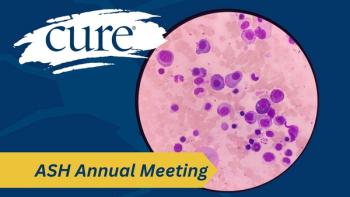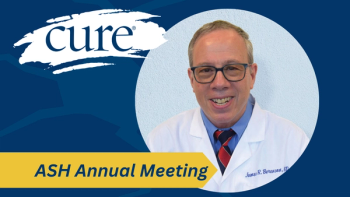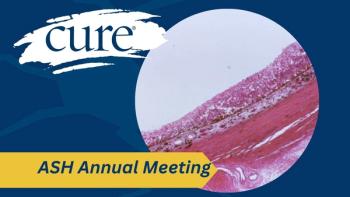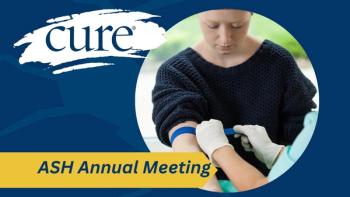
Misconceptions Around Palliative Care and Prognosis
Recent research found that some patients with lung cancer have misconceptions about their prognosis, as well as how palliative care can help.
When suddenly thrown into the world of cancer, patients are presented with a ton of new information and terms to learn, from understanding prognosis and palliative care to grasping the different types of treatments offered — something that may be especially tricky with newer treatment methods, such as immunotherapy.
Researchers from Wake Forest School of Medicine recently conducted a study to help identify potential correlations between patients’ understanding of their prognosis with their interest in palliative care in a group of individuals with stage 4 non-small cell lung cancer (NSCLC) who were being treated with immunotherapy.
“Communicating prognosis and integrating palliative care are challenging, yet vital, aspects of quality care for patients with NSCLC,” the authors wrote. “These tasks may be more difficult in the setting of immunotherapy, as this modality may offer a durable response, but only in 10 to 20 percent of patients.”
Cross-sectional surveys were conducted with 60 patients who were being treated with one of the following agents: Keytruda (pembrolizumab), Opdivo (nivolumab) or Tecentriq (atezolizumab).
The average age in the group was about 62 years, and 45 percent had high school degrees or less. Twenty percent of patients described their health literacy level as being limited, while 27 percent reported that it was marginal and 53 percent reported it to be adequate.
About three-quarters (73 percent) of patients reported that it was very important to know their prognosis. When asked about their goal of treatment, 98 percent said it was to live longer, 95 percent said it was to feel better and 85 percent said that it was to completely rid themselves of cancer.
Interestingly, almost half (49 percent) thought that they were likely to be cured, and patients with worse performance scores and those who did not yet have an appointment to see their treatment response were more likely to think that they could be cured.
“Many patients receiving immunotherapy for stage 4 NSCLC may expect curative treatment even when they are not actually responding or have poor performance status,” the authors wrote.
Despite nearly all patients reporting that they wanted to feel better, only 17 percent responded that they were interested in meeting with palliative care specialists. Twelve percent had already been referred. Patients who believed they could be cured were slightly more likely to express interest in palliative care, compared to those who didn’t think they would be cured (21 percent versus 13 percent, respectively).
The researchers also listed some barriers to palliative care: 58 percent of participants reported that they preferred self-management; 47 percent did not have a health care provider recommend palliative care; 45 percent had misconceptions about palliative care (such as it being reserved for people who are close to their deaths); 36 percent reported having time constraints; and 24 percent expressed concerns regarding cost.
Previous research also addressed misconceptions that patients had about palliative care, and one doctor at the Brain Tumor Center at NYU Langone Health, emphasized that the way providers
“Efforts to improve palliative care literacy and use in this population should address palliative care misconceptions and emphasize its role, including how it can support self-management,” the authors said.





